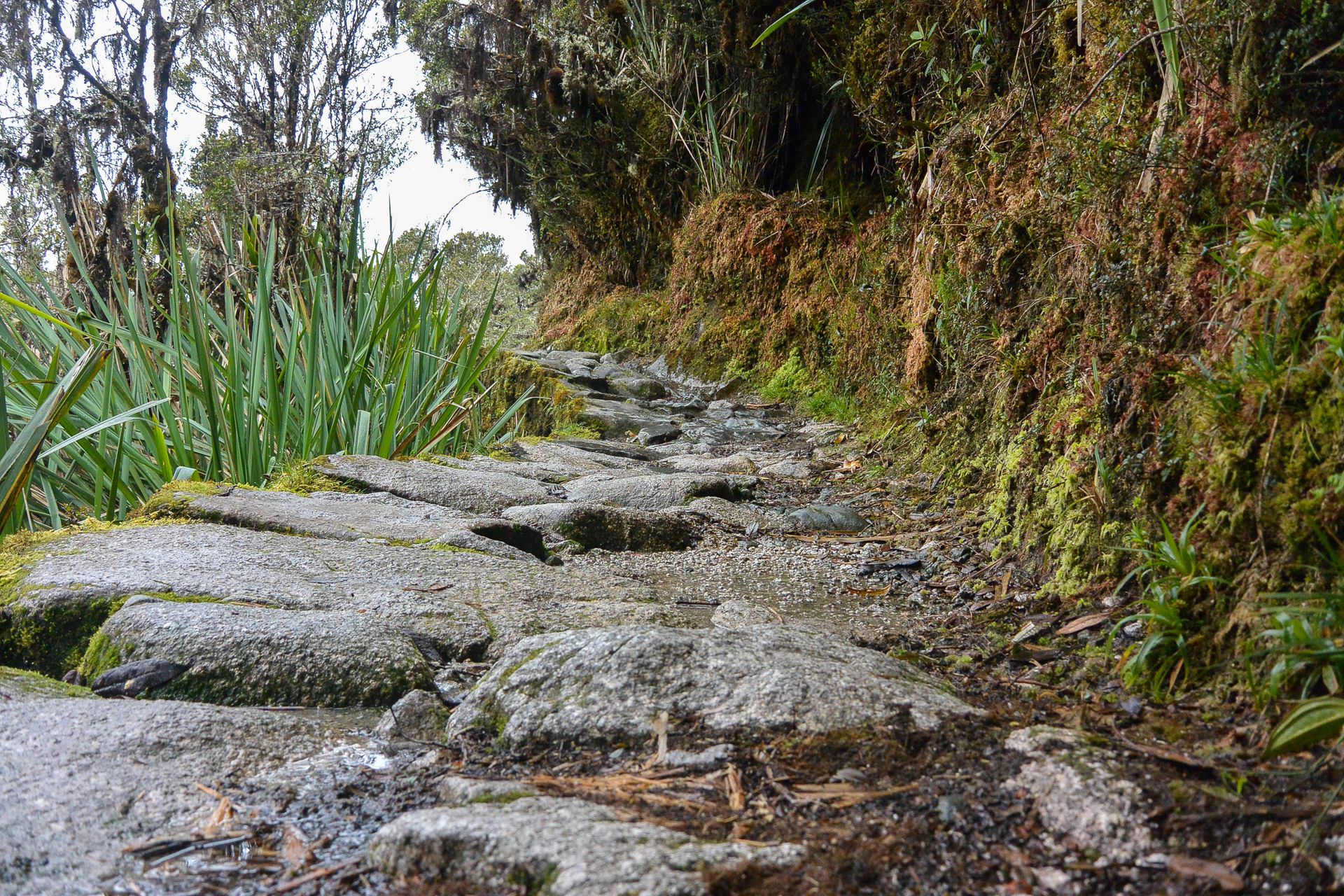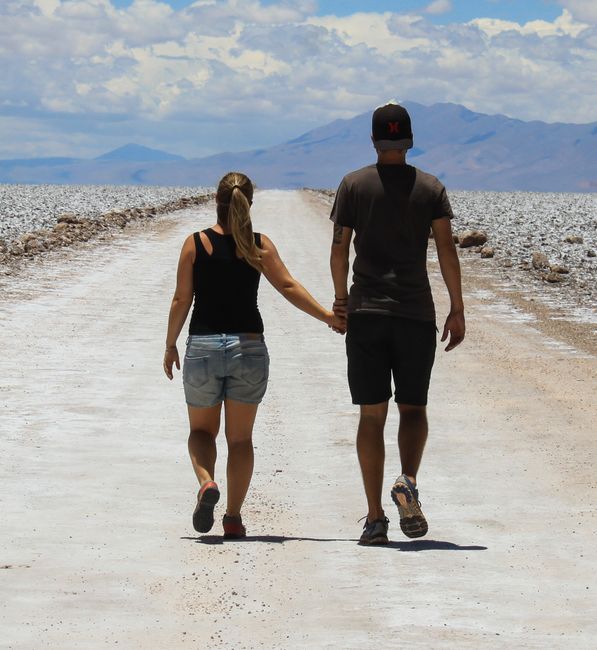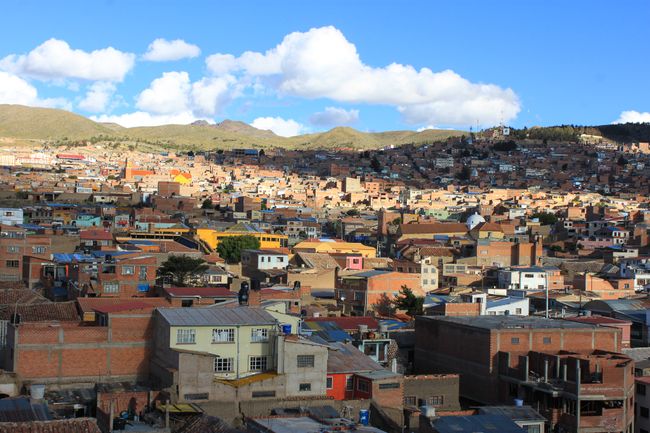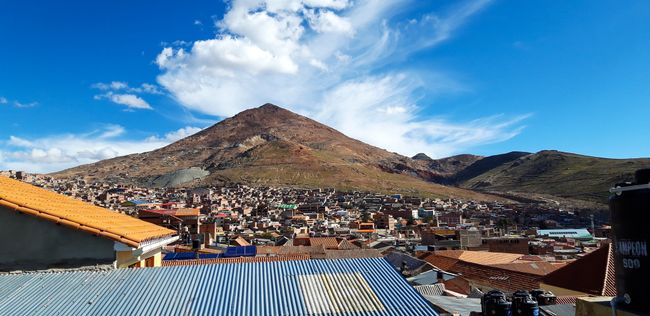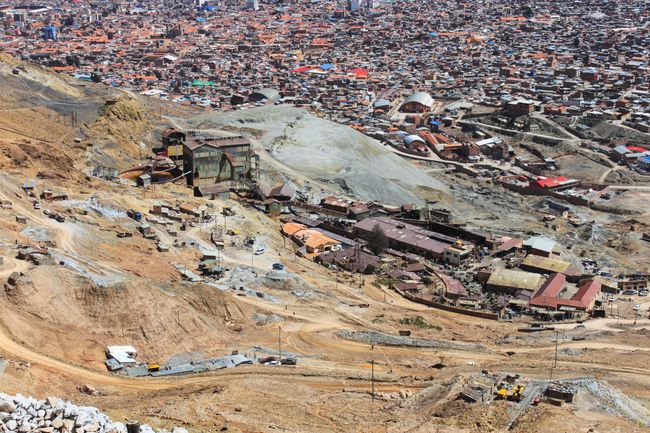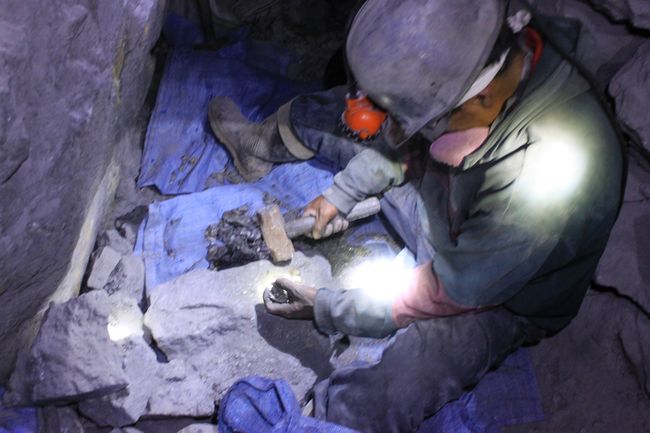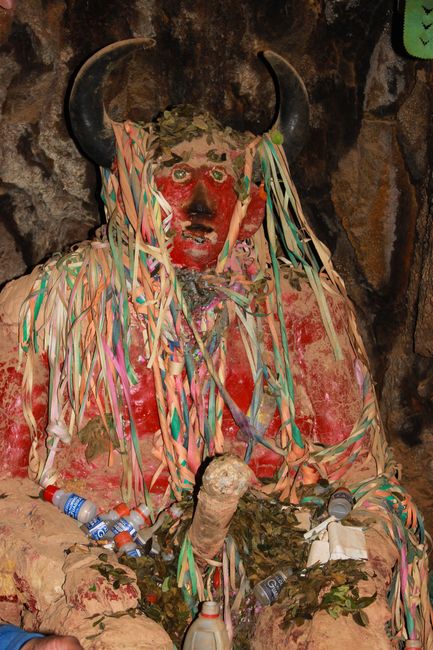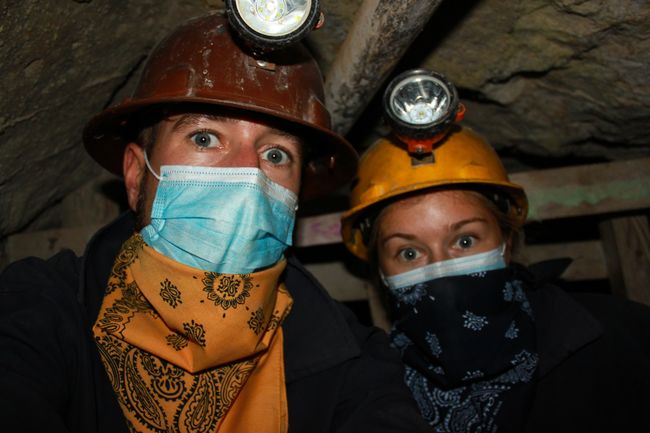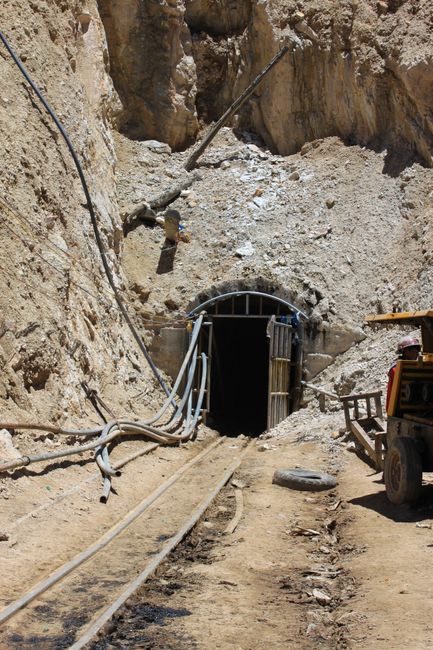Potosi and the mines in Cerro Rico
Published: 08.02.2019
Subscribe to Newsletter
Without the mineral-rich mountain Cerro Rico and the countless mines, this city here at over 4,000 meters above sea level simply wouldn't exist. The history and the present are based solely on the extraction of various minerals. The golden or silver times are long gone, but the mountain is still being exploited for all it's worth. Around 10,000 workers toil daily in the hundreds of tunnels, earning their daily bread under unimaginable conditions. The work is not poorly paid, but health suffers dramatically. The safety conditions are another matter.
When you're in Potosi, you immediately notice the importance of the mines. Our hostel also offered tours. But we weren't quite sure if we wanted to do it. On the one hand, the mine is the livelihood of almost everyone here, and participating in a tour can partially support this. On the other hand, as a tourist, you are observing men and women who perform daily work under inhumane conditions due to a lack of alternatives. On the recommendation of the hostel employee, we signed up for the tour and had an interesting but also somewhat shocking experience.
We were equipped with a helmet with a light, rubber boots, and protective clothing, and in a small group with an English-speaking guide, we entered one of the active mines at 4,400 meters above sea level. About 120 miners work there every day. At the Miners' Market, you can still buy souvenirs for the workers. They sell drinks (soda and alcohol), cigarettes, coca leaves, and tools - namely dynamite. So we bought something and entered the tunnel. At first, it's cool, but it gets quite sweaty. Seraina had it a bit easier thanks to her size, while Mathias had to walk bent over for the entire 2.5 hours. The oxygen level here is not really high, so you breathe heavily. Add to that the dust - a breathing mask and a scarf protect you, but make breathing even harder.
It became oppressive when we had to climb about 10 meters through a shaft from the entrance level to a lower level. There are no stairs or anything like that - the descent is more like a canyoning adventure. At the bottom, we meet a smaller group of workers who are preparing dynamite and drilling holes for blasting. We don't witness the actual explosion - probably for the best.
We visit El Tio, the god of the miners - a bizarre statue in a larger cave where offerings are constantly made. Mainly cigarettes, coca leaves, and alcohol. They really drink the 96% alcohol you can buy at the market - and they sacrifice it for safety and other desirable things in a miner's life.
After about 2 hours in the darkness, we slowly make our way towards the exit - and honestly, we're glad. We have to repeatedly dodge the approaching empty and full ore wagons - it gets pretty tight at times. By the way, they can't pass each other - the empty wagon has to be tipped out of the track and then lifted back in. The mostly young workers here are tough and fit, but unfortunately, they aren't healthy in the long run.
Once outside, we're greeted by radiant sunshine - and somehow we appreciate it especially now.
We kept the afternoon program relatively light. Coffee - a visit to the Casa de Moneda, where we learned a lot about the production of silver coins - and more coffee. The town itself is very beautiful - a small central plaza is surrounded by wonderful colonial buildings. Somehow, the morning still weighs on us. We enjoy the sunset on the rooftop of our hostel and from here we have a great view of Cerro Rico. Somehow, we now look at the mountain differently, knowing what goes on inside.
Subscribe to Newsletter
Answer

Travel reports Bolivia
